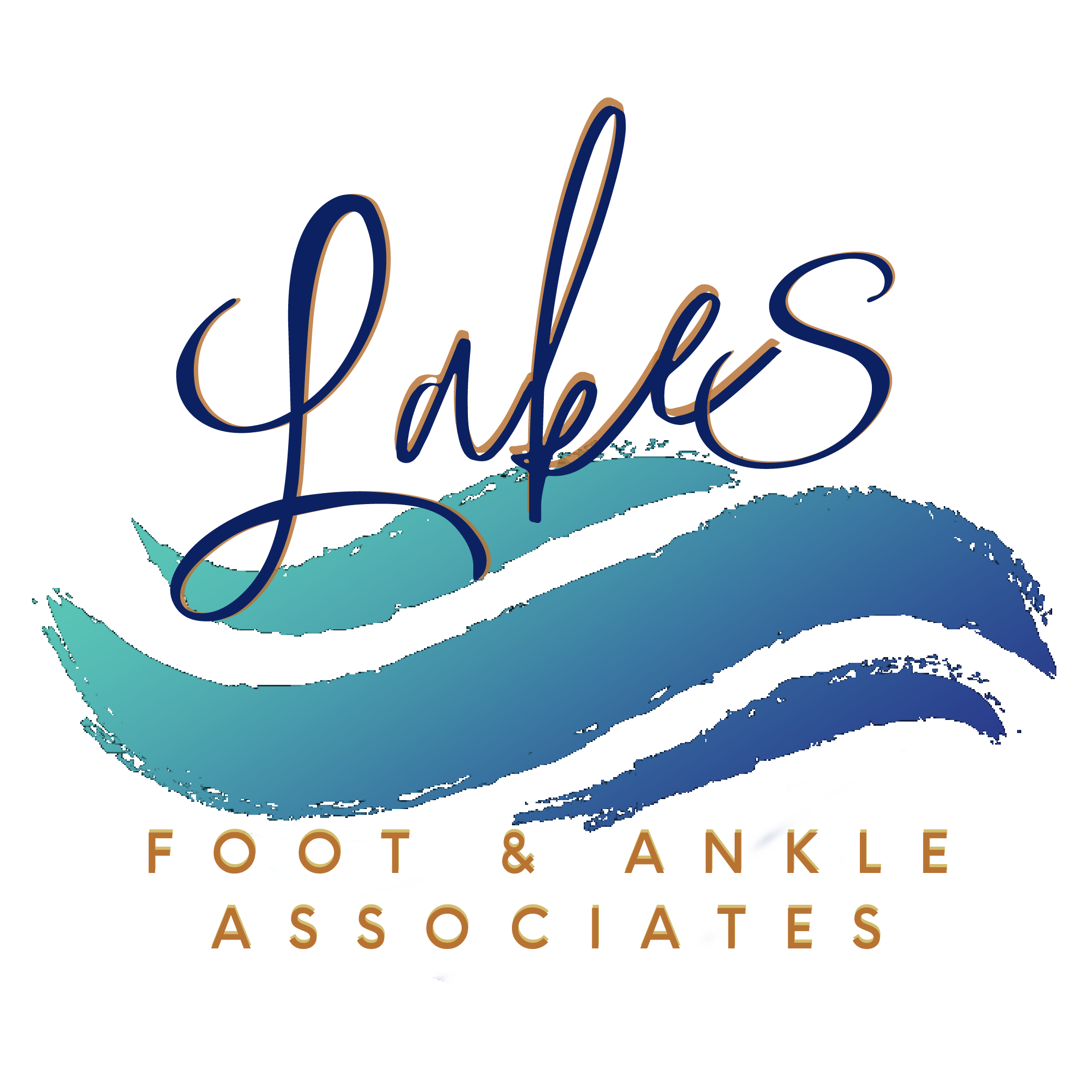Effective Treatment for Tarsal Tunnel Syndrome in Commerce Twp, MI
The nerves in our feet and ankles are remarkably sensitive and finely tuned to help us move through the world. But while this sensitivity is essential for the intricate workings of the nervous system, it can also lead to major issues when a nerve experiences compression, entrapment, or stress. Tarsal tunnel syndrome is a prime example, causing nerve pain in the feet and lower legs that can seriously impact your ability to run, move, dance, and play the way you want to.
Like the carpal tunnel in the wrist, the tarsal tunnel in the ankle is vulnerable to overuse, stress, and injury. However, hope is out there. If you suspect nerve-related issues in your feet and lower legs, don’t hesitate to reach out to Lakes Foot & Ankle Associates. With our expertise, we can help you navigate the complexities of nerve pain and guide you toward renewed vitality.

What is Tarsal Tunnel Syndrome?
The tarsal tunnel is a slender passage in the ankle’s bone and soft tissue, which allows seamless signal transmission from your posterior tibial nerve. Trauma or anatomical variations can compress the tarsal tunnel, causing the nerve to become entrapped and inflamed.
When the tarsal tunnel is compressed, you may feel tingling, burning, or sharp pains along the nerve’s path. In some instances, you may experience numbness or weakness in the affected foot. These symptoms can be particularly disruptive to daily activities, impacting mobility and overall quality of life.
Recognizing the signs and seeking timely intervention is crucial in managing tarsal tunnel syndrome. At Lakes Foot and Ankle Associates, we specialize in addressing the complexities of nerve-related conditions in the feet and lower legs. Through a comprehensive approach, we can assess the underlying causes of nerve compression and develop tailored treatment plans to alleviate pain and discomfort.
Common Symptoms of Tarsal Tunnel Syndrome
- Nerve pain in the foot
- Shooting pains in the foot
- Tingling or numbness in the foot
- Burning sensation in the feet
- Weakness in foot muscles
How We Diagnose Tarsal Tunnel Syndrome
Prompt diagnosis and treatment of tarsal tunnel syndrome (and many other nerve-related conditions) will always be better than trying to ignore the problem. The longer you wait, the greater the risk of nerve damage becoming more severe and leading to even worse symptoms.
A proper course of treatment will always start with a full evaluation to determine the source of the problem and any underlying factors. We may ask you questions regarding your activities, how much time you spend on your feet, and what kinds of shoes you wear as part of our examination. We may also use electrical testing and imaging to confirm the diagnosis.
Tarsal Tunnel Syndrome FAQs
How long tarsal tunnel syndrome can last depends on its severity and the effectiveness of treatment. Mild cases may see improvement within a few weeks through conservative measures such as rest, orthotic devices, and physical therapy. However, more severe or persistent cases might require interventions like steroid injections or surgery, with recovery times ranging from weeks to months.
Early diagnosis and appropriate treatment are crucial for optimal outcomes. If you’re suffering from symptoms associated with tarsal tunnel syndrome, contact our team today to get started on a personalized treatment plan.
The most common cause of TTS is repetitive stresses or injuries (often caused by physical activities or work) that place excess pressure on the posterior tibial nerve, which can cause it or surrounding tissue to swell and entrap the nerve.
Other potential risk factors include:
- Being overweight
- Having past foot or ankle injuries, such as sprains or fractures
- Having flat feet, high arches, or other abnormalities in foot structure
- Having scar tissue, cysts, tumors, or other masses that can press on the nerve
- Neuropathy caused by diabetes or other disorders
The symptoms of TTS can be similar to those of Morton’s neuroma (intermetatarsal neuritis) and plantar fasciitis, among other foot and ankle conditions. That’s why it’s so important to seek a proper diagnosis instead of trying at-home remedies alone. At Lakes Foot & Ankle Associates, we have the tools and compassionate podiatrists to find the root cause of your symptoms.
How to Treat Tarsal Tunnel Syndrome
Find Relief from Tarsal Tunnel Pain in Commerce Twp
Don’t let tarsal tunnel syndrome and nerve pain keep you from enjoying daily life. There are advanced tools and treatments that can help you find relief, and we can guide you on a path to optimal results. Our experienced and compassionate team at Lakes Foot and Ankle Associates is dedicated to assisting you on this journey toward optimal well-being. With a comprehensive understanding of nerve pain, our skilled professionals are ready to listen, evaluate, and guide you toward a personalized and effective treatment plan.
Take the first step towards relief by scheduling an appointment with us. You can reach us at (248) 360-3888 or fill out our online contact form. Regain control over your comfort and mobility—let us be your partner in finding lasting relief from tarsal tunnel pain.
